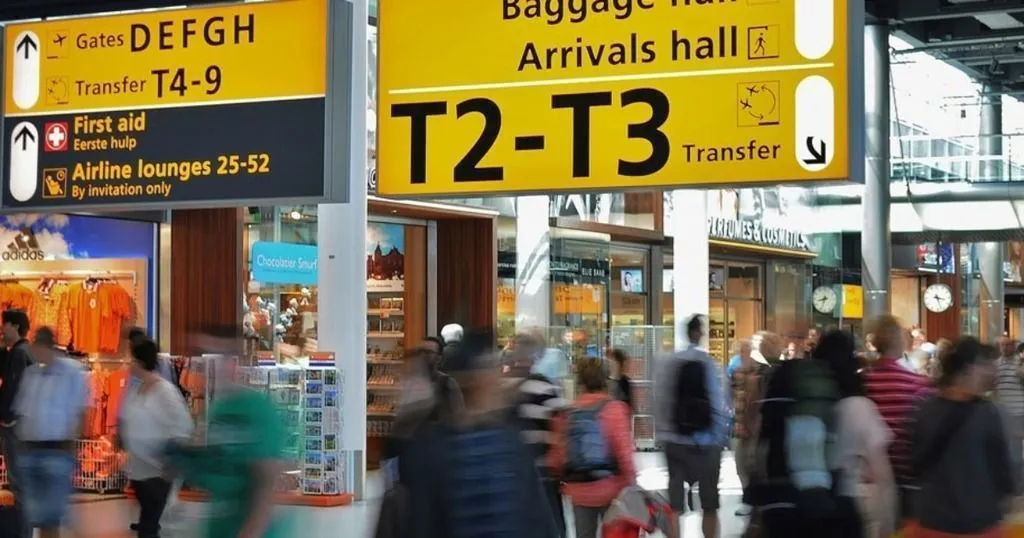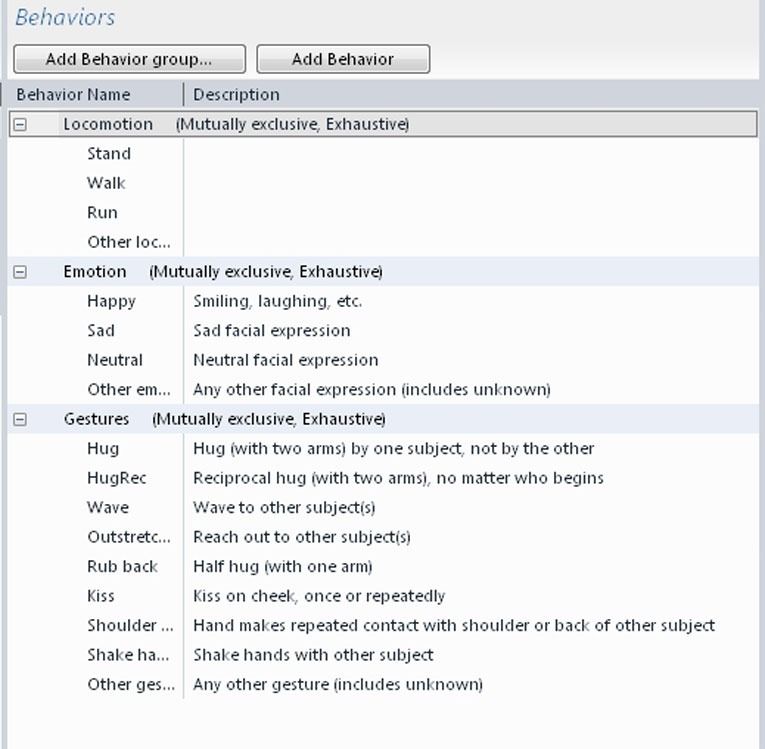What behaviors to focus on – Airport passenger experiences
To learn more about airport design and to investigate how to make time at an airport more enjoyable, Livingstone et al. undertook a study into passenger experience.
Posted by
Published on
Thu 06 Dec. 2012
Topics
| Coding Schemes | Consumer Behavior | Methods And Techniques | The Observer XT |

Airport design - passenger retail experience
To learn more about airport design and to investigate how to make time at an airport more enjoyable, Livingstone et al. undertook a study into passenger experience.
To be more specific, they looked into airport behavior and experiences in Landside Retail Locations. They specifically chose this part of the airport because people tend to experience travel stress and other negative emotions when inside the Landside Retail Locations. To measure airport experiences accurately Livingstone et al. developed a coding scheme and used several cameras and The Observer XT research software for data collection. They used codes such as Activity – Walking whilst browsing, Purchase type – Book, Alcohol, or Electronic, or Landside Retail Locations – News Travels, Australia Way, Merlo.
Processing and discretionary
Livingstone et al. explain that passengers undertake two separate categories of activities: processing and discretionary.
The results of this study show that 50% of the actions were processing activities, in other words, half of the time was consumed by activities passengers had to complete (mandatory) before boarding an airplane. Livingstone et al. advise that the airport should ensure passengers spend less time taking care of necessary activities.
They are happier when undertaking other activities, such as shopping, eating, or relaxing.
Passengers can, for example, go shopping between arrival at the airport and check-in. Livingstone et al. named three factors which positively influence the proportion of landside dwell time – whether or not they 1) entered a retail location, 2) made a purchase, and 3) who they were accompanied by.
A good example – “Passengers accompanied by wavers [people who go and see their passenger off] were observed to spend a significantly higher proportion of their landside dwell undertaking discretionary activities”. The researchers thus conclude: “Through the design of landside terminal environments and services which encourage wavers to enter into and spend time in airports, passenger discretionary time can be increased improving the quality of passenger landside experiences”. The researchers note that a limitation of this study is the fact that people were aware of being video recorded. However, it is unethical to record video without permission. And, it should be noted that, although time consuming and labor intensive, systematic behavioral observation “provides a unique understanding of airport retail experiences from a passenger’s perspective, which is missing from current research”.
Greeting rituals at an airport
Greeting rituals is a coding scheme set up by Noldus. It can be used at an airport. In this project, researchers observed people greeting each other in the arrivals hall at an international airport. They focused on gestures, emotion, and locomotion. Gestures such as kiss, rub back, shake hands, and hug were defined in the coding scheme.

To avoid coding the wrong behavior, you can easily place a camera at the scene and refine the coding work afterwards.
The Observer XT research software allows for extensive analysis afterwards. It calculates frequencies and duration and by using elaborate filters, you can compare groups such as females greeting females with males greeting males or whatever combination suits your needs.
Results from a recent study, Nagy (2011), show that spontaneous embraces last for about 3 seconds. And there were no differences found on the gender front. How would that compare to greeting rituals at an airport? Nagy did find a difference when it concerned teammates hugging or opponents hugging - when hugging an opponent, the embrace lasted for a shorter amount of time compared to hugging a coach or teammate!
References
- Livingstone, A.; Popovic, V.; Kraal, B.J.; Kirk, P.J. (2012). Understanding the airport passenger landside retail experience. In Israsena, Praima, Tangsantikul, Juthamas, & Durling, David (Eds.) DRS 2012 Bangkok – Research: Uncertainty, Contradiction and Value, Department of Industrial Design, Faculty of Architecture, Chulalongkorn University, Chulalongkorn University, Bangkok.
- Nagy, E. (2011). Sharing the moment: the duration of embraces in humans. Journal of Ethology,29, 389-393.
Related Posts

In-home video recordings provide measure for more objective comparisons

How to study consumer behavior in a kitchen

